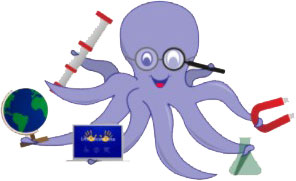Curriculum
Units
Our Curriculum exceeds all state and national standards.
Little to Great Scientists® Curriculum Units utilize innovative Hands-on, Minds-on, Inquiry & Practice-Based science experiments that are proven to increase students’ understanding of scientific concepts.
Our curriculum units are designed to exceed all 3 Dimensions in the Next Generation Science Standards and all Early Childhood Educational & Developmental Standards.

Kindergarten Units

First Grade Units

Second Grade Units

Third Grade Units

Fourth Grade Units

Fifth Grade Units

Sixth Grade Units

Seventh Grade Units

Eighth Grade Units
Little Scientists® Curriculum Units
Specific for students in PreK through 2nd grades
Great Scientists® Curriculum Units
Specific for students in 3rd through 8th grades
Little Scientists® Curriculum Units
Specific for students in PreK through 2nd grades
Great Scientists® Curriculum Units
Specific for students in 3rd through 8th grades

To see the alignment of the Little to Great Scientists® Units with the NGSS please click here for the pdf
Little to Great Scientists® can customize science curriculum to meet your school’s needs, contact us for more information. If Hands-On science is a core component of your Science Curriculum, then view all units.
Curriculum Program Highlights:
- Curriculum units are packaged in sturdy stackable plastic totes.
- Each curriculum unit consists of 4 related science topics. There are 14-20 hands-on, minds-on inquiry and practice-based investigations in each unit.
- The materials are all “bagged and tagged” together and labeled with the alpha numeric label that corresponds with the Teacher Manual.
- Teacher Manuals are user-friendly, scripted, readily identifying step-by-step which bag of materials should be used. The manuals include background information, scripted lesson plans, written and inquiry-based task assessments, and literacy resources.
- Each lesson includes a Home-School Connection Booklet summarizing the lesson and providing extension activities & experiments.
- Science Notebooks are included so that the teachers can easily track student progress for each lesson conducted.

Get In Touch.
